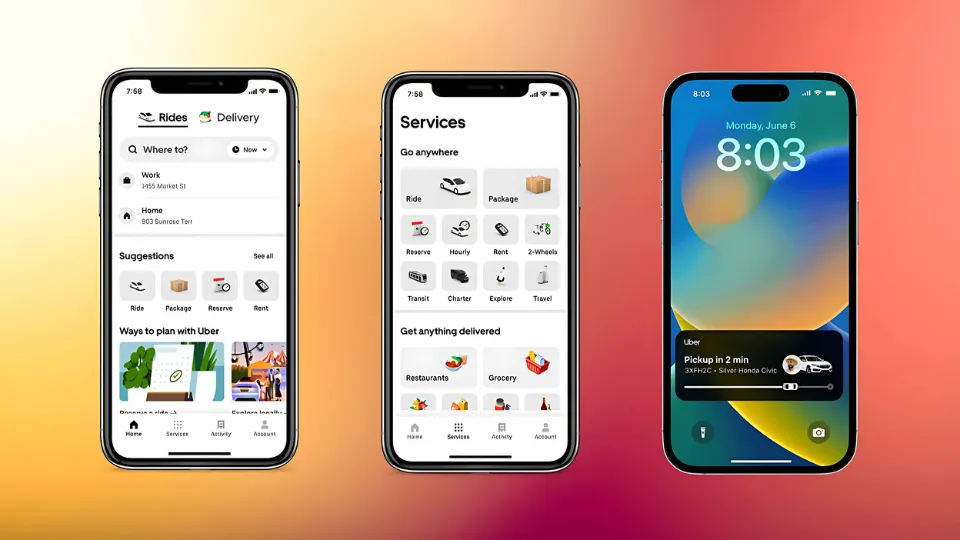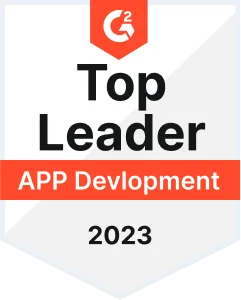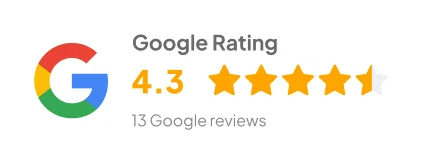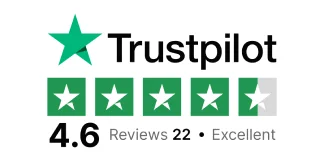Creating an effective ride-sharing application similar to Uber needs good planning, a highly functional application, and a keen focus on trends in the market. The market of ride-sharing remains active, also providing passengers with comfort and comfort in using the service. However, to compete effectively, you need to concentrate effort on perfecting the integration of features of the right ride-sharing app, and in the selection of technologies that will effectively serve the intended aim.
Below is a blueprint you may find helpful to set the gears toward the creation of a functional ride-sharing app in motion.
Are you ready to begin your second Mobile app? Here are the best app developers to help us create your perfectly designed customized app. Contact us now!
Step 1: Segmentation, Analysis, and Targeting of Consumers
Before you start app development, correctly define the trends in the on-demand ride-sharing market. Know why people use apps like Uber, its location tracking, drivers’ reviews, and easy payment methods. Key trends include:
- Sustainability: Some other services – green ride-sourcing which includes the use of electric cars or shared mobility.
- AI Integration: Improving the users’ experience with the help of prediction and intelligent routing.
- Multi-Modal Services: Additional services like cycling with rented bicycles or incorporating public transport services.
Therefore updating your app with these trends as they occur makes your app relevant.
Step 2: Fundamental Structure of Ride-Sharing Application
For successful Uber app development, include these core features of ride-sharing apps:
User Panel:
- Sign up and sign in using an email, a phone number, or social networks.
- Real-time location tracking.
- Choice of services available (on-demand service and pre-booked service).
- Order payment options for credit cards, wallets, and other means of payment.
Driver Panel:
- Driver registration and verification.
- Trip requests that include options of accepting or rejecting a particular request.
- Earnings dashboard.
- Facility of Navigation Support with GPS integration.
Admin Panel:
- User and driver management.
- Ride analytics and reports.
- First and foremost, a detailed system of fare and commission management.
- Services and ways of conflict solving.
- These aspects of ride-sharing apps establish convenience for the users, the drivers as well as the administrators who use the application.
Step 3: Technology Stack for the Ride-Sharing Applications
Select an efficient technological platform and infrastructure to develop an app that is as efficient as Uber. Key components include:
- Front-End: Cross-platform development with the help of React Native or choosing between React Native and Flutter.
- Back-End: Node.js or Django for handling server-related processes.
- Database: MongoDB for Big data and PostgreSQL for structured data.
- Payment Gateway: Stripe, PayPal, or Razorpay for secure transactions.
- Maps and Navigation: Free real-time GPS tracking or the Google Maps API or Mapbox for tracking current routes.
Selecting the correct stack means that your ride-sharing app development process meets the business objectives.
Step 4: Design the User Experience
Your application must have an appropriate user interface (UI) and experience (UX) to be a success. Focus on:
- Simplicity: It is critical that navigation, as well as booking, procedures remain as easy as possible.
- Real-Time Feedback: Include location tracking features, which include the ETA and also details about the fare.
- Accessibility: Make sure that the app is understandable for any person, including disabled people.
Ease of use increases uptake and leads to the improvement of satisfaction.
Step 5: Development and Testing
The actual ride-sharing app development process involves:
- Prototyping: Develop a wireframe to illustrate what the functionality of an app will look like.
- Development: Design the app based on agile which means that you can use different approaches during the construction phase.
- Testing: Perform intensive checking of the program to find defects that may affect the program’s functionality on computers or other devices.
Testing arranges a completely bug-free application which is very essential for repeat usage by the clients.
Step 6: Calculate the Cost That the Ride-Sharing App Would Take
As is to be expected, it is difficult to give a definitive price tag of building an Uber app because it depends on the number of features you want, the complexity of the app, and the location of the development team.
- Basic App: $20,000–$40,000.
- Advanced App: Research has also shown that the cost varies in the range of $50,000– $100,000+ for more advanced features such as Artificial Intelligence and requests for multi-modal transport options.
- Factors Affecting Cost: Development time that will be required to create this product, features that will be included such as the abilities of the software to work with payment gateways and better navigation.
Awareness of the total cost structure of an application used in ride-sharing makes it easy for one to plan how to balance the expenses.
Step 7: Launch and Marketing
After development, focus on a strong launch strategy:
- Pre-Launch Buzz: However, before launching the programs, teaser campaigns should be used to create buzz for the offers.
- Promotions: Give the first few users a good deal and convince them to recommend others.
- Feedback Loop: Open collecting of user's feedback for further improvement of the Website.
Proper planning and implementation during the website launch make user acquisition and retention easier.
Step 8: Scaling and Future Growth
Once your app is established, the goal is then to manage the flow required for satisfying a significant number of users as this is one of the biggest drivers of consumer dissatisfaction. Add advanced features like:
- Subscription Plans: Provide special offers to its customers in terms of a package whereby clients with high usage of the product will be charged less.
- Regional Expansion: Another suggestion of the use is to present the application to new cities or countries.
- Partnerships: Offer the possibility to order something special in cooperation with various companies.
Duration is important in a competitive market in order to ensure scalability for longevity.
See Also: Wonderful Tips to Design an Excellent Landing Page
Looking for ways to advance your Mobile application development? We have expert app developers who will ensure that your app suits your needs as you need it. Get started with us now!
Final Thoughts
Building a ride-sharing app entails major considerations in terms of planning, essential feature set, and constant adherence to the trends in the on-demand ride-sharing app market. So that you can create an app like Uber useful for people and maintain its position in the market, follow these steps.
Hire a professional now to develop a ride-sharing app! Fortunately, our team at WebOConnect can offer support through all of them – from idea to development. Contact us today!
FAQs:
Q1: What can be considered the key elements of ride-sharing applications?
A1: Some of the main features of ride-sharing applications are tracking systems, payment interfaces, driver’s dashboards, and simple booking options.
Q2: What is the cost of creating an application like Uber?
A2: Estimates for creating an app like Uber cost around $ 20,000-$ 100,000; nonetheless, the final cost is going to depend on the features that have to be added.
Q3: What is the better tech stack for building ride-sharing apps?
A3: The programming languages that are widely in use for ride-sharing app development are React Native, Node,js, and MongoDB while the Google map API is also used for creating map integration.
Q4: What trends should be taken into consideration when developing ride-sharing mobile applications?
A4: A look at emerging trends in on-demand ride-sharing applications such as integration with Artificial Intelligence, availability of environmentally friendly car models, and flexibility of using multiple means of transport.
Q5: How long would it take for someone to create a ride-sharing application?
A5: Duration for different types of development may differ still, creating a functional app may take 4-6 months on average based on the specification.

_thumb.webp)
_thumb.webp)
_thumb.webp)

_thumb.webp)













